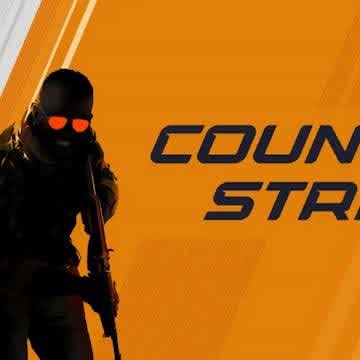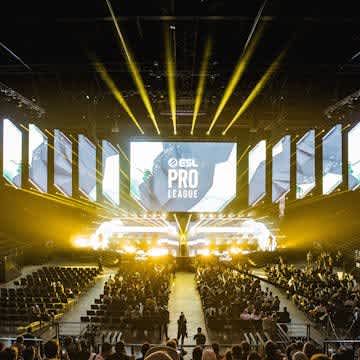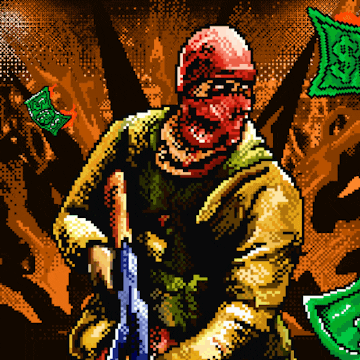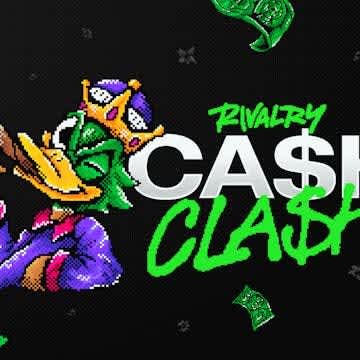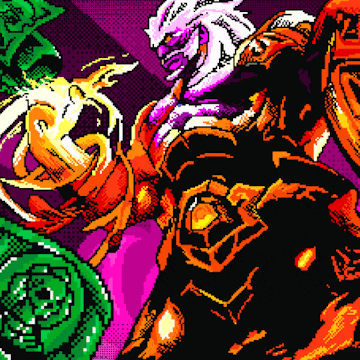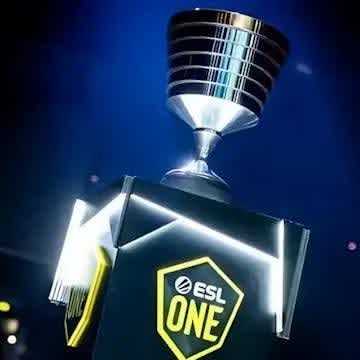CS2 is sapping its own hype, but it will be worth it in the end
It feels like Valve’s approach to CS2’s launch is getting more and more controversial with every passing day, as the initial excitement and hype give way to annoyance. We’re living vicariously through the select few players in the beta, and the “newness” of the upcoming game is slowly being eroded away with every passing broadcast. However, as displeasing as this steady drip-drip-drip of content may be, it will eventually lead to a much superior product than a secretive run-up and a bombastic release would.
Artifact, or a trip down meme-ory lane
Do you remember Artifact? I remember Artifact. As an avid card game player, someone looking for a more serious experience than Hearthstone and something more digital-facing than MTGA, I loved the idea of “the Dota 2 of card games”, something hardcore and deep, developed by a venerated veteran of the genre, brought along by a company fabled for its track record and a huge enough platform to guarantee a large player base.
In retrospect, there was too much Richard Garfield and too little Gabe Newell in the mix. As admirable as the MTG man’s stance against microtransactions is from an abstract standpoint, an oddly set slate of priorities and some woefully lacking features quickly capsized an interesting but super-complicated game. For something as intricate as Artifact to work as a commercial title, the bells and whistles need to be right.
In retrospect, the game’s super-closed alpha development phase, with a very small number of elite players providing limited and oft-ignored feedback, was seen as the key reason of the game’s failure. Artifact launches as an ultra-deep and hyper-complex experience with barebones features and a tough sell in terms of monetization, with an upfront price coupled with a secondary trading market – the latter of which immediately collapsed after the former caused players to flee.
This is just a very long-winded way of saying that I’m a big fan of how Valve are managing CS2’s rollout, as annoying as it may be from the outside looking in.
Why the slow and steady CS2 release is the way to go
Yes, the initial hype of CS2’s announcement is nowhere to be seen now. We’ve seen tiny snippets of CS matches and gameplay on streams, pugs across the various maps displayed one by one in the pool, and we have a fairly decent idea by now of how big (or small) the technological leap it is going to be. It’s not going to be one big atomic explosion of surprises, but that cuts both ways.
The grey-haired among us will remember the bumpy start of CS:GO, the poor job done by Hidden Path, and the years it took to get Global Offensive to a level of fidelity where it became a worthy successor of 1.6 and Source alike, casually and competitively as well. CS2 can avoid these pitfalls – and the same ones Artifact fell into – by leveraging a slowly expanding group of players, their feedback and the data provided, and the strong and stable foundations of the franchise.
Counter-Strike has more than two decades of history to look back on – stronger foundations than almost any other gaming property around today. There are certain unalienable elements you can rely on, a gameplay structure that stood the test of time. The changes are more limited, more technical, than they would be in the case of most sequels – and since it’s more about iteration rather than innovation, getting it right rather than getting us hyped is much more important.
While I’m super-optimistic about CS2 and its expected impact on the competitive scene, even in underserved regions like North America, I don’t specifically see the release day as the gigantic all-deciding moment. The game industry has changed, releases have changed: especially when it comes to big, primarily multiplayer games, the process has become much more iterative – so much so that a polished day-one product is now more of an exception than the rule.
Patience, young grasshoppers: all this boring back-and-forth will make for a better end product. It’s a valuable lesson learned by Valve, and I, for one, would much prefer a smooth but quiet launch than a messy bang. Thankfully, it looks like that’s the way we’re heading.


